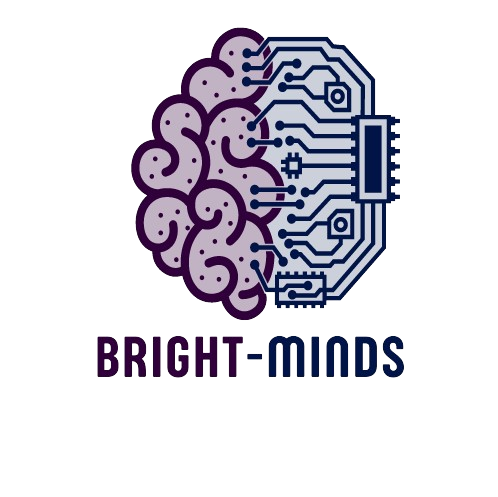It looks like nothing was found at this location. Maybe try one of the links below or a search?
Bright-Minds
Contact Us ☎️ 9421842155
-
Visit Us
London, UK -
Free Call
+1-541-754-3010 -
Email ID
info@sensationaltheme.com
